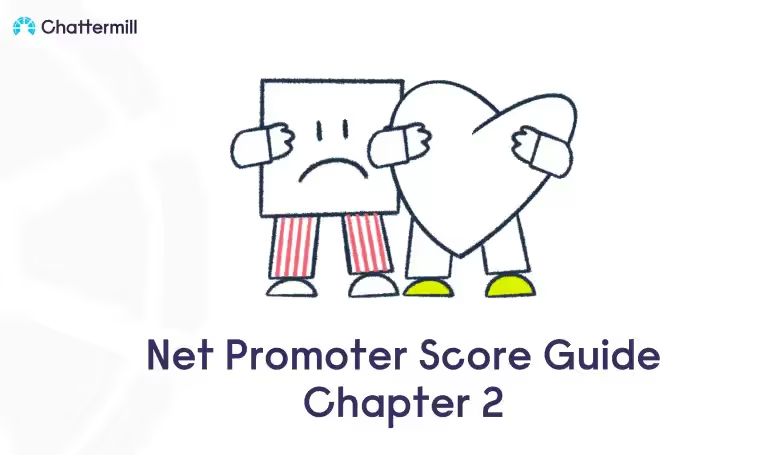The following article is Chapter 2 of The Ultimate Guide to Net Promoter Score. The Net Promoter Score (NPS), is the world's leading metric for measuring customer loyalty and happiness. In this article, we outline best practices when carrying out NPS Surveys.
Net Promoter Score: Types of surveys
Once you’ve decided to survey your customers to find your NPS, you have a few different surveying options.
Relational surveys
A relational survey can be sent at any time, and it’s an excellent way to get a finger on the pulse of the relationship between your customers and your business. Relational surveys should be sent out often — a quarterly schedule is ideal.
However, while regular surveying keeps you up-to-date on customer feedback and loyalty, surveying your customers on such a consistent schedule risks “survey fatigue,” which can lower your overall response rate. It’s important to make sure your customers know you value their survey responses — some options are sending thank you emails or offering perks or discounts for customers who complete relational NPS surveys. It’s also important to only survey as often as you have time to analyse the feedback, respond to your customers and create an action plan based on their surveys.
Transactional surveys
A transactional survey is sent after an event, such as soon after a new customer purchases your product or service, or after the resolution of a support ticket. The timing is a little easier with transactional surveys than with relational surveys — just make sure to send the survey before too much time has passed after the event that triggered it. Some good guidelines are:

While transactional surveys aren’t as likely to cause “survey fatigue,” they also give a narrower picture of your NPS, since they relate to specific events and not your business as a whole.
Irrespective of the type of survey you choose, if you can pass any additional data you have for your customers into your survey emails, such as the product they ordered, location and length of time as a customer, you can then begin to piece together the opinions of different segments of your customers to understand their similarities and differences too.

Timing and Survey Frequency
When thinking about how frequently to carry out NPS surveys, there are several key considerations.
The first is the size of your customer base. The smaller your customer base, the larger the sample you need to survey each time or even wait longer for more responses to achieve a high response rate, which constrains how frequently you can send out NPS surveys.
The second consideration to make depends on the user's lifecycle stage with your product. If the customer has just started to use your product, then they need a chance to internalise the changes of a product or brand before they form a substantive opinion. Timing is critical, and setting up NPS surveys like a behavioural drip email series that triggers based on a user lifecycle means each user can respond to the NPS survey at comparable points in their experience. For instance, you can see data on how opinions on difference segments new users vs longtime promoters change after specific product updates.
Surveying the right number of customers
To get a clear picture of your NPS, you need a good sample of responses that represents your entire customer population. This can be tricky to get, but the bottom line is that the more responses you can get, the better your data will be.
It takes some complex math to get the exact number of responses will be representative of your business’ customer base (if you’re really into statistics, you can check that out here), but a good rule of thumb is to assume that only 15 percent of the customers you send surveys to will actually respond, which means you need to send out a minimum of 1,700 surveys to get 250 responses, what’s generally considered a good sample for calculating NPS.
Nailing your survey format
You want to maximize your response rate, so first and foremost, respect your customers’ time by keeping surveys short and sweet. Ask the standard NPS question (“How likely is it that you would recommend us to a friend?”) and then ask why. That’s it!
You should also aim to send out surveys, particularly B2B, during the work week. Avoid Fridays and weekends, since most attention is being paid to email Monday through Thursday.
Lastly, the most important thing you can do to maximize survey response is to make sure your customers feel heard. Respond to their feedback. Use it to build an action plan.















